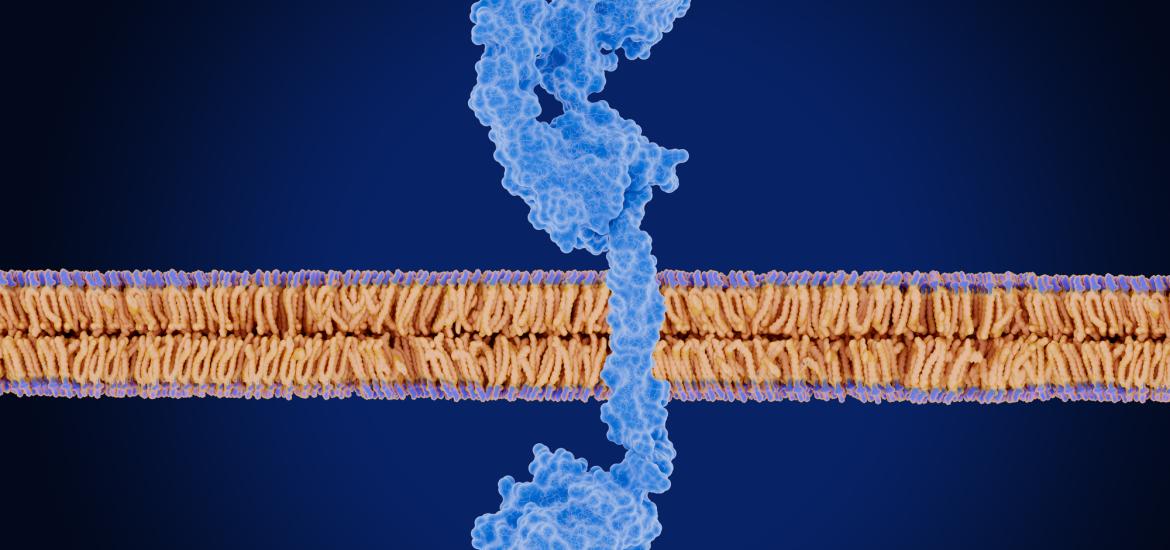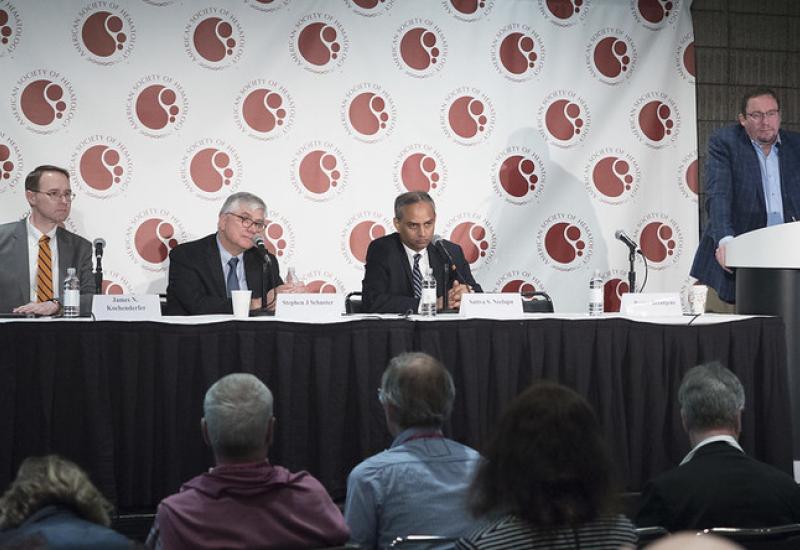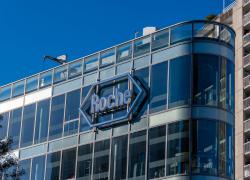
ASCO 2025 preview – patritumab hangs in the balance
Herthena-Lung02 data are an ASCO shocker.
Herthena-Lung02 data are an ASCO shocker.

Last year's complete response letter for Merck & Co's patritumab deruxtecan was put down to a manufacturing technicality, but the project's just revealed ASCO abstract suggests that matters are far worse. A separate trial of this anti-HER3 ADC, last year toplined positive, has shown lamentable efficacy and two deaths due to interstitial lung disease.
The Herthena-Lung02 trial in question features among numerous regular ASCO presentations whose abstracts went live on Thursday, along with Pfizer and Henlius's efforts with anti-PD-L1 ADCs and Merck's zilovertamab vedotin, which is itself treading a fine line on safety. But the patritumab data show why Merck has gone quiet on the project, and raise serious doubts about its future.
Patritumab deruxtecan's CRL related to its filing for third-line or later EGFR-mutated NSCLC, based on the Herthena-Lung01 trial. Herthena-Lung02, in similar patients but after just one EGFR inhibitor, held the promise of redemption when Merck toplined it positive for PFS last September, though the words "clinically relevant" were noticeably absent.
Merck has said little since then, and the Herthena-Lung02 ASCO abstract reveals why: a median PFS improvement of just 0.4 months versus chemo is statistically significant but numerically dismal, especially for a molecule Merck licensed from Daiichi Sankyo for $1.5bn up front. Two grade 5 events due to ILD, a known problem with dxd payloads, are the toxic icing on this unpleasant cake.
VelosBio deal
Meanwhile, the ROR1-directed ADC zilovertamab vedotin is the result of Merck's $2.8bn buyout of VelosBio, and has already shown worrying levels of toxicity. At last year's ASH the Waveline-007 study showed dose-limiting toxicities with the two highest doses, explaining why Merck took the lowest, 1.75mg/kg, into phase 3.
At ASCO Merck will present data from Waveline-003, where a Rituxan/chemo combo in lymphoma has yielded two discontinuations and one death at 2mg/kg, and a 65% overall rate of severe adverse events. That said, the 1.75mg/kg dose showed a 57% response rate, which was no worse than for 2mg/kg.
ASCO 2025 regular presentations covering selected ADCs
| Project | Target | Company | Trial | Data | Note |
|---|---|---|---|---|---|
| Patritumab deruxtecan | HER3 | Daiichi Sankyo/ Merck & Co | Ph3 Herthena-Lung02 in 2L EGFRm NSCLC | mPFS 5.8mth vs 5.4mth for chemo (HR=0.77, p=0.011); 2 ILD deaths | Toplined positive in Sep 2024 |
| Zilovertamab vedotin | ROR1 | Merck & Co | Ph2/3 Waveline-003, R-gemox combo in r/r DLBCL | ORR 56% at RP2D (n=16), 1 death at higher dose | 1 Aug 2024 cutoff |
| PF-08046054 | PD-L1 | Pfizer | Ph1 relapsed NSCLC cohort | ORR 27% (n=30) | 20 Dec 2024 cutoff |
| HLX43 | PD-L1 | Shanghai Henlius | Ph1 solid tumours | Placeholder | 27 Jun 2023 cutoff |
| Telisotuzumab adizutecan | cMet | AbbVie | Ph1 EGFRm NSCLC cohort | ORR 63% (n=41); 4 deaths, 1 drug-related (pneumonitis) | Sep 2024 cutoff |
| MYTX-011 | cMet | Mythic | FIH Kismet-01 in NSCLC | ORR 44% in cMet+ve non-sq EGFRwt (n=16), 38% in non-sq EGFRm (n=8), 25% in squam (n=4) | 7 Jan 2025 cutoff |
| Sacituzumab tirumotecan | TROP2 | Kelun/ Merck & Co | Ph2 Optitrop-Lung03 in relapsed EGFRm NSCLC | mPFS 6.9mth vs 2.8mth (HR=0.30, p<0.0001); OS HR=0.49 (p=0.007) | 31 Dec 2024 cutoff |
| BNT324 | B7-H3 | BioNTech | Phase 1/2 CRPC cohort | ORR 28% (n=43) | 3 Jan 2025 cutoff |
| Sigvotatug vedotin | IB6 | Pfizer | Ph1 Keytruda combo, NSCLC & HNSCC cohorts | cORR 29% in NSCLC (n=7), 38% in HNSCC (n=8) | 26 Nov 2024 cutoff |
| LY4170156 | FRα | Lilly (ex Mablink) | FIH, ovarian cancer cohort | uORR 38% (n=13), 60% in FRα <75% (n=5) | 27 Nov 2024 cutoff |
| ZL-1310 | DLL3 | Zai Lab | Ph1 in 2L SCLC | ORR 68% (n=28) | 28 Jan 2025 cutoff |
Pfizer, a latecomer to the PD-(L)1 space, now has several shots here, and ASCO data on the just licensed SSGJ-707, an anti-PD-1 x VEGF bispecific, appear impressive.
As for ADCs, the group now has two Seagen-derived anti-PD-L1s in the clinic: PF-08046054, which has a vedotin payload, and PF-08046037, which uses a TLR7 agonist. An ASCO abstract on the former has shown a 27% ORR in a cohort of relapsed NSCLC patients – seemingly impressive given that all but one had been pretreated with an anti-PD-(L)1 MAb.
Next comes Henlius's challenge with HLX43, an ADC that also hits PD-L1 but uses the more fashionable payload of a topoisomerase 1 inhibitor. The ASCO abstract reports ORR of 38% among 21 patients with NSCLC "refractory to standard treatment", but its June 2023 cutoff effectively renders this dataset meaningless.
The abstract drop also features a battle in cMet, where Mythic's MYTX-011 has first-in-human data with rather limited follow-up, and AbbVie cites impressive numbers for telisotuzumab adizutecan. AbbVie separately has the recently approved anti-cMet ADC Emrelis, which uses vedotin rather than teliso-A's topo1 inhibitor payload.
While Emrelis's NSCLC label is for cMet ≥50% expressers, the teliso-A abstract claims response rates "regardless of cMet protein expression". Mythic, which aims to improve ADC internalisation and release, says MYTX-011 is showing similar activity across various cMet expression levels.
As for ASCO's late-breakers these remain secret until their day of presentation, but were covered by ApexOnco separately.
ASCO takes place in Chicago on 30 May to 4 June.
4592













